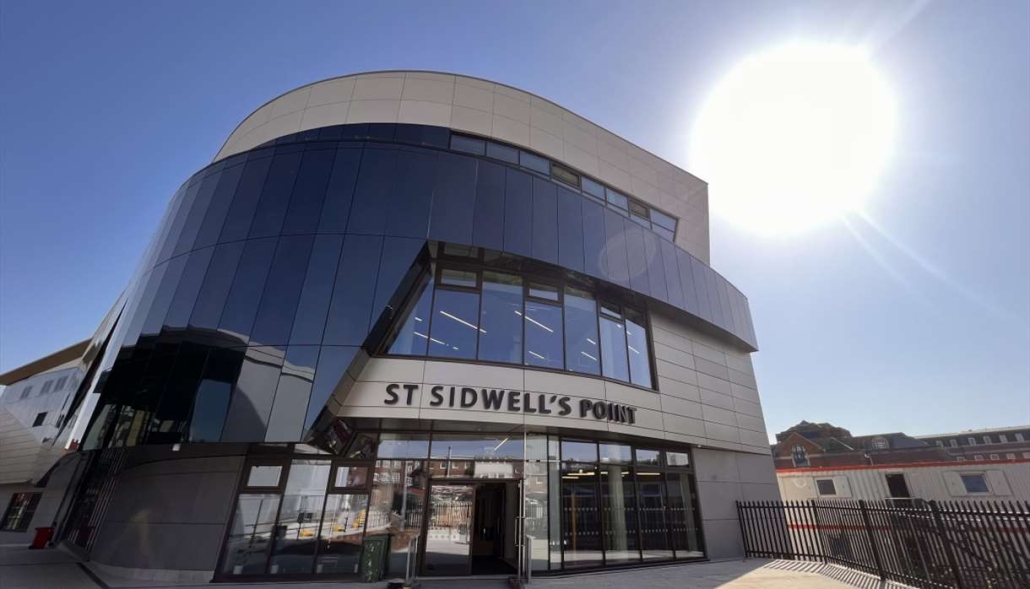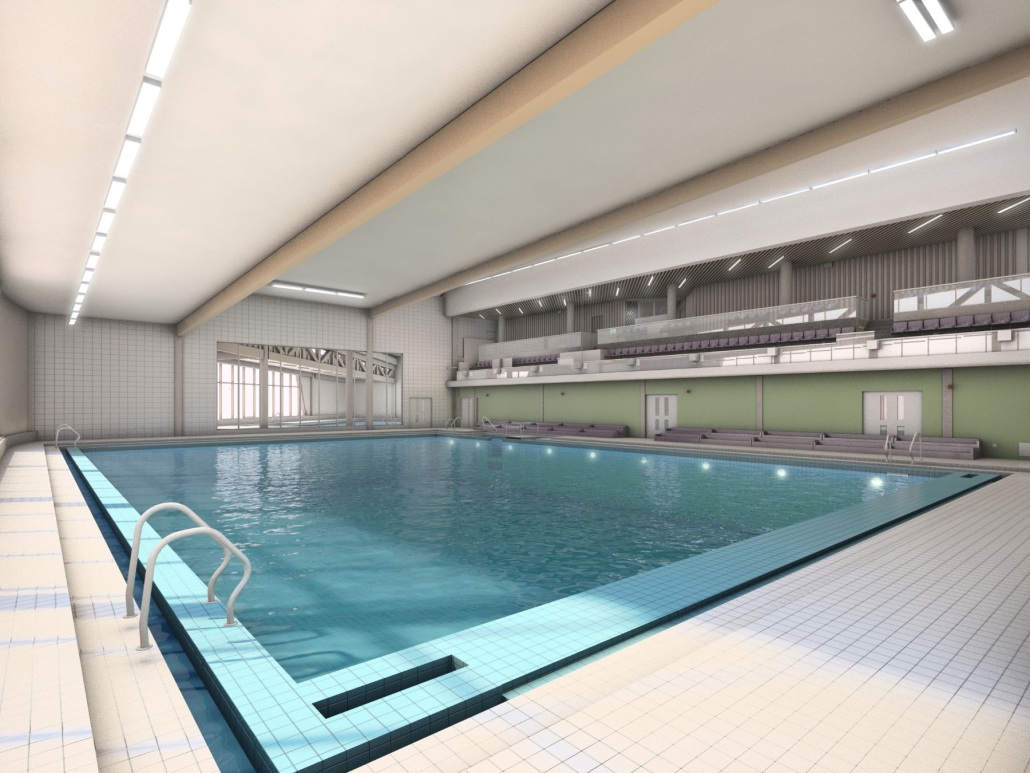The First Passivhaus Leisure Centre.
The Challenge
The overarching challenge was to build the world’s first dry and wet leisure Passivhaus Leisure Centre. This not only involved upskilling the supply the domestic supply chain but leisure specialist too. Delivering Passivhaus requires collaboration at every stage to be successful and this was recognised early by the delivery team. Any part of the wider team could negatively impact the airtest result or energy performance when working to such a tight standard.
Therefore the quality culture had to be set and consistently disseminated throughout the client, design and construction teams, throughout the supply chain. Collaboration and quality control were significant factors considered during procurement. Some trades, for example groundworks, M&E and façade are integral to achieving the air tightness rating, which is essential for Passivhaus certification, their training was very detailed and complex around minimising thermal bridging, for example.
There was a large supply chain involvement including 71 different trades, the delivery team realised it wouldn’t be feasible to have site managers checking every detail. That led to the idea of the Passivhaus Passport to act almost as a ‘safety net’.










